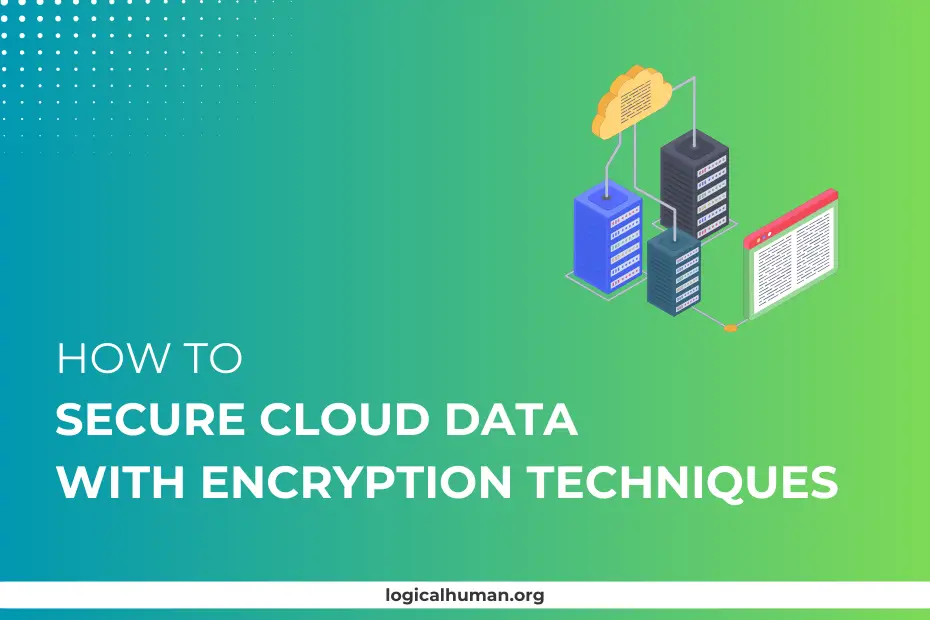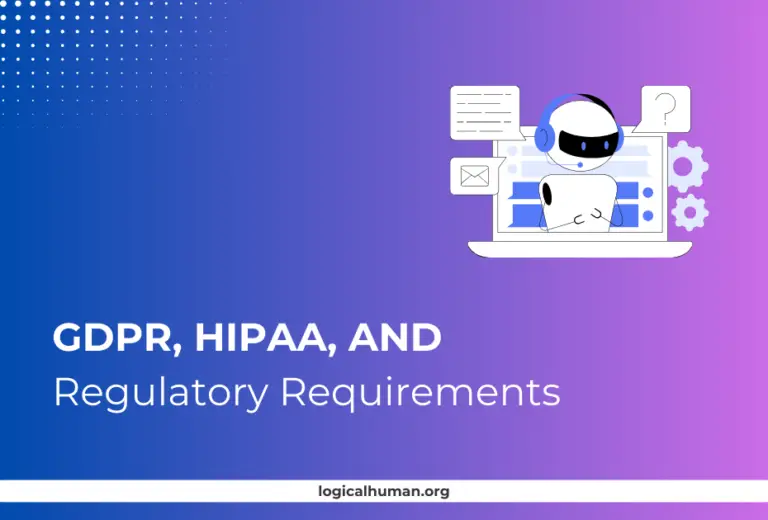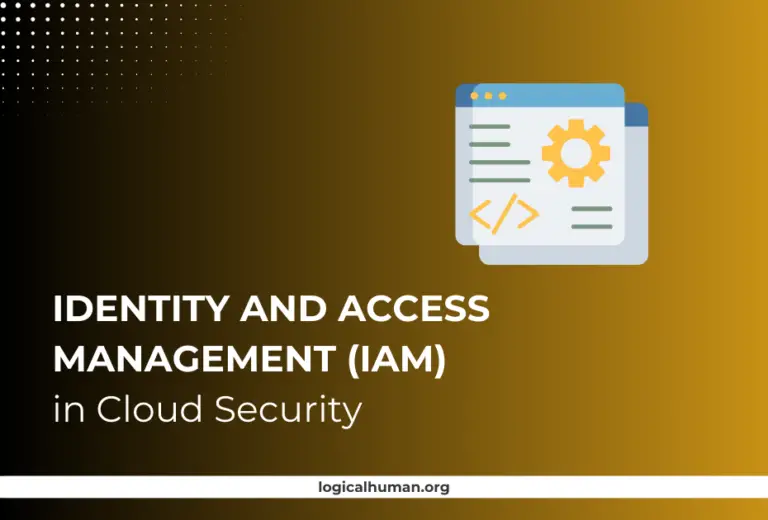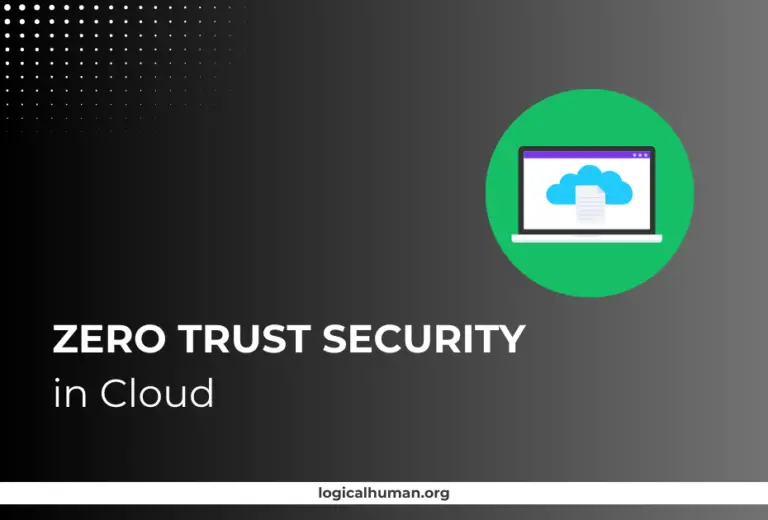With the rapid adoption of cloud computing, ensuring the security of cloud data has become more critical than ever. Storing sensitive information in the cloud can expose it to various threats, making it imperative to adopt robust security measures. One of the most effective ways to protect cloud data is through encryption. But what exactly is encryption, and how can it safeguard your information? In this article, we’ll explore how to secure cloud data using different encryption techniques, ensuring your data remains safe from prying eyes.
Understanding Cloud Data Security
Cloud data security refers to the measures taken to protect data stored and processed in cloud environments. It encompasses various practices and technologies designed to safeguard data from unauthorized access, breaches, and other cyber threats. With the increasing volume of sensitive data being moved to the cloud, security concerns are more pressing than ever.
The Need for Data Security in the Cloud
When data is stored in the cloud, it is accessible over the internet, making it vulnerable to hacking, data breaches, and other cyber threats. Ensuring the security of this data is crucial to maintain privacy and protect sensitive information from malicious actors.
Common Threats to Cloud Data
Cloud data is susceptible to a range of threats, including:
- Data Breaches: Unauthorized access to sensitive data.
- Data Loss: Accidental or malicious deletion of data.
- Account Hijacking: Gaining unauthorized access to user accounts.
- Insider Threats: Malicious actions by employees or contractors.
What is Data Encryption?
Data encryption is a method of converting plaintext into a coded format, known as ciphertext, which is unreadable without the correct decryption key. It ensures that even if data is intercepted, it cannot be understood or misused by unauthorized individuals.
Types of Encryption: Symmetric vs. Asymmetric
- Symmetric Encryption: Uses a single key for both encryption and decryption. It’s fast and efficient but requires secure key management.
- Asymmetric Encryption: Utilizes a pair of keys—public and private. One key encrypts the data, and the other decrypts it. This method enhances security but is computationally more intensive.
How Encryption Works
Encryption involves complex algorithms that transform data into unreadable formats. The security of encryption lies in the strength of these algorithms and the protection of the encryption keys.
The Role of Encryption Keys
Encryption keys are crucial for both encrypting and decrypting data. Managing these keys securely is essential to maintain the integrity and confidentiality of the data.
Types of Cloud Encryption Techniques
a. Data-at-Rest Encryption
Data-at-rest encryption protects data stored on cloud servers. This includes databases, file storage, and backups. It ensures that even if someone gains unauthorized access to the storage system, they cannot read the data without the decryption key.
Examples:
- Server-side encryption provided by cloud services like AWS S3.
- Full disk encryption for cloud-based virtual machines.
b. Data-in-Transit Encryption
This technique secures data as it moves between clients and cloud services. It prevents eavesdropping and man-in-the-middle attacks during data transmission.
Examples:
- TLS/SSL protocols used in secure HTTP connections.
- VPNs that encrypt all data traveling between endpoints.
c. End-to-End Encryption
End-to-end encryption ensures that data remains encrypted from the source to the destination, preventing unauthorized access at any intermediate points.
Use Cases:
- Secure messaging apps like WhatsApp and Signal.
- Financial services ensuring transaction data integrity.
| Encryption Technique | Description | Use Cases | Pros | Cons |
|---|---|---|---|---|
| Advanced Encryption Standard (AES) | A symmetric encryption method using fixed block sizes and key lengths (128, 192, or 256 bits). | Data-at-rest encryption in cloud storage, file encryption | High speed, strong security, widely adopted | Requires secure key management |
| RSA Encryption | An asymmetric encryption technique using a pair of public and private keys. | Securing data-in-transit, digital signatures | Strong security, good for public key infrastructure | Slower than symmetric encryption, larger key sizes |
| Elliptic Curve Cryptography (ECC) | Uses elliptic curves to provide security with smaller key sizes. | Mobile devices, secure messaging apps | High security with smaller key sizes, efficient | Complex implementation |
| Blowfish and Twofish | Symmetric key algorithms known for their flexibility and speed. | Software encryption, password protection | Fast, flexible, strong security | Blowfish limited to 64-bit blocks, Twofish less commonly used |
| End-to-End Encryption | Data is encrypted at the source and decrypted at the destination. | Messaging apps, secure communication | Ensures data privacy throughout transit | May not be supported by all platforms or services |
Choosing the Right Encryption Method for Cloud Data
Selecting the right encryption method depends on several factors, including the sensitivity of the data, regulatory requirements, and the performance impact on applications.
Factors to Consider
- Data Sensitivity: High-value data may require more robust encryption methods.
- Compliance Needs: Specific industries may have regulatory requirements for encryption.
- Performance Impact: Some encryption methods can slow down data access and processing.
Popular Encryption Algorithms for Cloud Security
a. Advanced Encryption Standard (AES)
AES is a widely used encryption standard known for its speed and security. It offers various key lengths (128, 192, 256 bits), making it adaptable for different security needs.
b. RSA Encryption
RSA is an asymmetric encryption algorithm commonly used for securing data in transit. It’s known for its robustness, especially in secure communications.
c. Elliptic Curve Cryptography (ECC)
ECC offers strong security with smaller key sizes, making it suitable for devices with limited processing power.
d. Blowfish and Twofish
These are symmetric key algorithms known for their flexibility and speed. They are often used in software encryption for secure data storage.
Encryption Key Management
Managing encryption keys is as critical as choosing the right encryption algorithm. Poor key management can lead to data breaches even if strong encryption is used.
Techniques for Effective Key Management
- Hardware Security Modules (HSMs): Devices designed to store and manage keys securely.
- Cloud Key Management Services: Tools provided by cloud providers for managing keys.
Best Practices for Key Rotation and Storage
- Regularly rotate encryption keys to limit exposure if a key is compromised.
- Store keys separately from encrypted data to prevent unauthorized access.
Integrating Encryption with Cloud Storage Solutions
Implementing encryption in cloud storage solutions varies based on the provider and the specific use case.
How to Implement Encryption in Popular Cloud Services
- AWS: Utilize AWS Key Management Service (KMS) for managing encryption keys.
- Google Cloud: Use Cloud Key Management for creating and managing encryption keys.
- Azure: Leverage Azure Storage Service Encryption for protecting data at rest.
Using Third-Party Encryption Tools
For enhanced control over encryption, third-party tools like VeraCrypt or BitLocker can be used to encrypt cloud data before it is uploaded.
Challenges in Cloud Data Encryption
Despite its benefits, cloud data encryption poses several challenges:
- Data Performance Issues: Encryption can slow down data access and processing.
- Key Management Complexities: Managing keys across multiple environments can be difficult.
- Regulatory and Compliance Considerations: Different regulations may require specific encryption practices.
Compliance and Legal Requirements
Encryption is often a legal requirement for protecting sensitive data under regulations such as GDPR, HIPAA, and CCPA.
Meeting Compliance with Proper Encryption Practices
- Use industry-standard encryption methods.
- Ensure encryption is applied to all sensitive data, both at rest and in transit.
- Maintain detailed documentation of encryption practices for audits.
Future Trends in Cloud Data Encryption
The landscape of data encryption is constantly evolving, with emerging technologies promising to enhance security.
Quantum-Resistant Encryption
With the advent of quantum computing, traditional encryption methods may become vulnerable. Quantum-resistant algorithms are being developed to counter this threat.
AI-Powered Encryption Solutions
AI and machine learning can be used to predict and prevent potential security breaches, as well as to manage encryption keys more efficiently.
Tips for Enhancing Cloud Data Security Beyond Encryption
While encryption is a cornerstone of data security, additional measures should be taken to further protect cloud data.
- Multi-Factor Authentication: Adds an extra layer of security to user accounts.
- Regular Security Audits: Identify and address vulnerabilities in cloud systems.
- Implementing Zero Trust Architecture: Verify every access attempt, both inside and outside the network.
Common Mistakes to Avoid in Cloud Data Encryption
Avoiding common pitfalls can ensure that your encryption efforts are effective.
Weak Encryption Standards
Using outdated or weak encryption methods can leave data vulnerable. Always use industry-approved algorithms like AES-256.
Improper Key Management
Storing keys with encrypted data or using the same key for extended periods can compromise security. Always separate key storage and enforce key rotation policies.
Overlooking Data-in-Use Encryption
While data-at-rest and data-in-transit encryption are common, data-in-use encryption is often neglected. Consider using memory encryption to protect data being processed.
Conclusion
Securing cloud data is a multifaceted challenge that requires a combination of techniques, with encryption playing a pivotal role. By understanding and implementing the right encryption methods, you can protect your cloud data from unauthorized access and ensure compliance with legal requirements. Remember, encryption is not a one-size-fits-all solution, and it should be part of a broader cloud security strategy.
FAQs
1. What is the difference between encryption and hashing? Encryption is reversible and used to protect data confidentiality, while hashing is a one-way process used to verify data integrity.
2. Can encrypted cloud data still be hacked? While encryption greatly enhances security, it’s not foolproof. Weak encryption, poor key management, or vulnerabilities in other parts of the system can still lead to data breaches.
3. Is end-to-end encryption always the best option? End-to-end encryption is excellent for securing communication but may not always be feasible for all cloud applications due to performance and compatibility issues.
4. How do I know if my cloud provider uses strong encryption? Check the provider’s security documentation for details on their encryption practices. Look for certifications like ISO 27001, SOC 2, and compliance with GDPR or HIPAA.
5. What should I do if I lose my encryption key? If you lose your encryption key, you may lose access to your data permanently. It’s crucial to back up keys securely and consider using a key recovery service if available.



